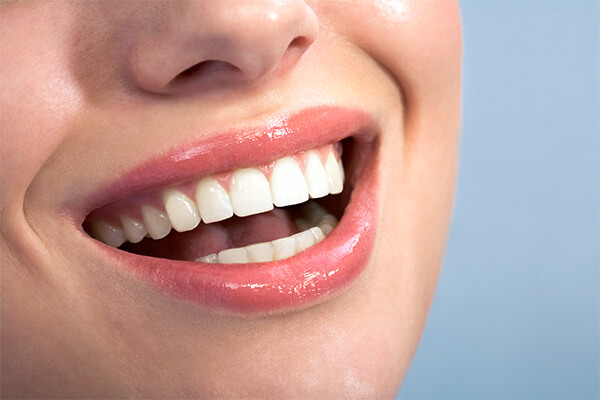Tooth resorption is key. You may have heard of resorption when describing the part of the dental developmental process of primary/baby teeth. When primary teeth are resorbed, the dentin or cementum (outer) layers begin to be absorbed by the body.
This process allows the primary tooth to make room for the permanent tooth that is waiting to take its place.

When it comes to permanent teeth, resorption can cause long-term damage. It is most commonly caused by an injury to a tooth, either a physical trauma or even possibly cavity related. Resorption can be either internal or external.
Determining the difference can be difficult, but it is an important part of the process in order to develop an accurate prognosis.
Internal Resorption
Internal resorption is a process that begins “internally” in the nerve chamber that is deep within the tooth. Root canal therapy is the primary treatment if internal resorption is caught early on, with a favorable prognosis.
By doing this, the goal of the root canal is to remove the resorptive cells that are sustained in the remaining vital tissue. If the resorption is only internal, removing this tissue will leave the tooth with the best possible prognosis.
External Resorption
Unfortunately, if external resorption is diagnosed, there isn’t a favorable prognosis. This form of resorption is most often trauma related, causing damage to the periodontal ligament.
This group of ligaments connects the tooth’s outer layer of root/cementum to the underlying bone that inherently supports the teeth. A root canal will not resolve external resorption since the tissue inside the tooth is not causing the outer layer to be reabsorbed. If external resorption is not diagnosed early on, or the severity is too great, sadly the tooth may need to be extracted.

Tooth Resorption
Resorption may sound scary, but it isn’t something that you should worry about just yet. Tooth resorption may only be diagnosed by an x-ray, but the process of resorption is actually pretty rare, and can usually remain asymptomatic for a long period of time.
Internal resorption progression can be stopped with early root canal therapy, but a “wait and see” approach may be taken for external resorption. Knowing this, if you have a traumatic physical injury to one of your teeth, it is important to let your dentist know so early signs of resorption can be detected and diagnosed.
References
Colgate – https://www.colgate.com/en-us/oral-health/conditions/immune-disorders/what-is-tooth-resorption-
Internal resorption: an unusual form of tooth resorption – https://www.ncbi.nlm.nih.gov/pmc/articles/PMC4920650/
Tooth resorption part II – External Resorption: Case Series –
https://www.ncbi.nlm.nih.gov/pmc/articles/PMC3659868/

Experience exceptional dental care at Safe Harbor Smiles, where our dedicated team prioritizes your comfort and health while crafting personalized treatment plans tailored to your family’s needs.

